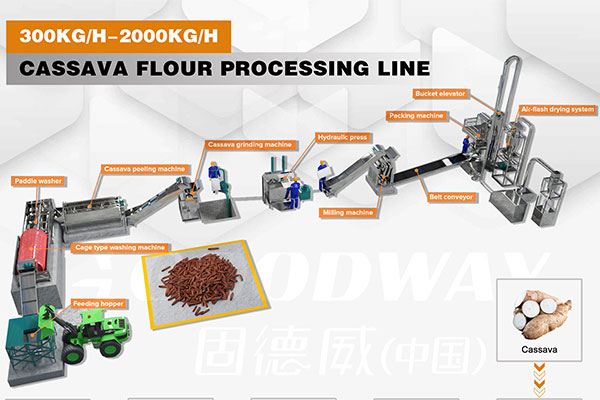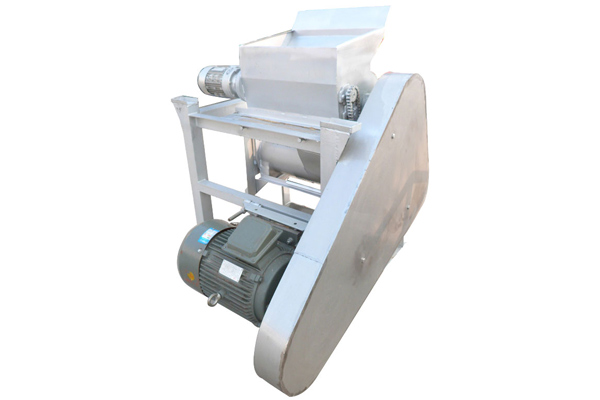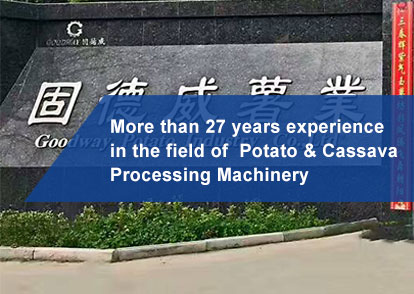Starch processing is a traditional industry in China and also the main way to transform fresh potatoes. Now, 8-9 million tons of fresh potatoes are used for cassava starch processing every year.
The dry matter content of potatoes is about 25%, with starch content between 9% and 18% (with large differences in starch content among different varieties) and fiber content between 4% and 6%. The moisture content is between 75% and 80%.
After extracting the starch from the potato block, a large amount of fiber mixture, or potato residue, is produced in potato starch processing.
According to calculations, for every ton of starch produced from 7 tons of potatoes (processing data: 5 tons of sweet potatoes produce 1 ton of dry starch), about 0.14-0.175 tons of dry potato residue is produced (calculated based on potato residue with 90% moisture content; the moisture content of potato residue from starch factories is generally about 90%).
In the past, potato residue was not well understood by processing households and was often left idle in the surrounding factory areas or disposed of on open land, causing serious environmental pollution.
The potato residue left for a long time will ferment and emit an unpleasant odor. It will penetrate into the surface or flow into rivers, polluting the soil and water sources, and have a severe impact on the environment.
After being properly treated, potato residue can not only increase its utilization value but also solve the environmental pollution caused by potato starch residue.
Potato residue produced after cassava starch processing can be used to produce fermented feed
Potato residue contains protein, small particle starch, vitamins, trace elements, etc., making it an excellent source of animal feed.
At the same time, fermented feed is the ideal health feed for antibiotic-free and environmentally friendly breeding, but it does not have a good market prospect.
The production of fermented feed with potato residue does not require large potato residue pressing and drying equipment, and the method is simple, easy to operate, and quick to take effect. Only a straw crusher, mixer, and fermentation tank are needed.
Potato residue produced after cassava starch processing can be used to produce biogas and organic fertilizer
Processing principle and process: Potato residue enters a slurry mixer and is mixed with a small amount of juice. The mixture is then transported to a CSTR anaerobic reactor for anaerobic fermentation to produce biogas. The fermented residue and liquid are returned to the field for use as organic fertilizer.
Unique advantages
It has significant economic benefits. The biogas produced can save about 30,000 yuan in gas costs for potato starch processing companies every day.
The operation is simple and improves the production environment. The automatic control system is simple and efficient, and the rotten smell is significantly reduced.
Resource utilization. Biogas residue and biogas liquid are mature organic fertilizers and excellent soil improvers. They can significantly improve the soil and increase the organic matter content when returned to the field.
Potato residue produced after cassava starch processing can be used to extract dietary fiber
Potato residue contains rich dietary fiber, accounting for about 20% of the dry weight, and it is a safe and high-quality dietary fiber resource that has excellent effects on human health.
It can help with constipation, colon cancer, gallstone disease, atherosclerosis, obesity, etc.
The rich nutritional value can promote human metabolism and help prevent intestinal and cardiovascular system diseases.

 EN
EN
 fr
fr  es
es  it
it  pt
pt 








